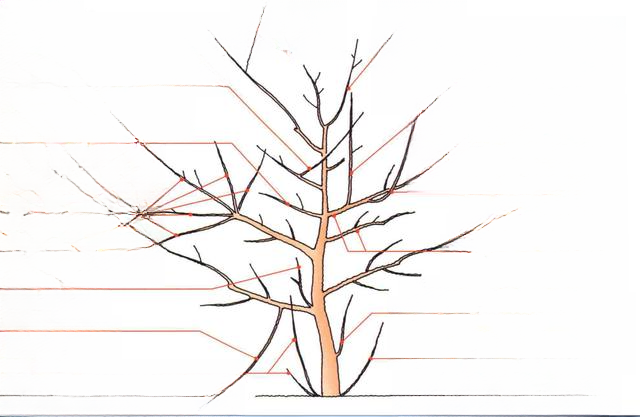Garden design experience: methods for planting, caring, transplanting and digging trees and seedlings
Imagine how trees grow
Trees planted in the ground cannot be easily moved, so when planting, consider the tree's growth pattern and leave ample space around it. In addition, as the tree's above-ground part grows, its roots spread underground, so special care should be taken when planting near walls or buildings.
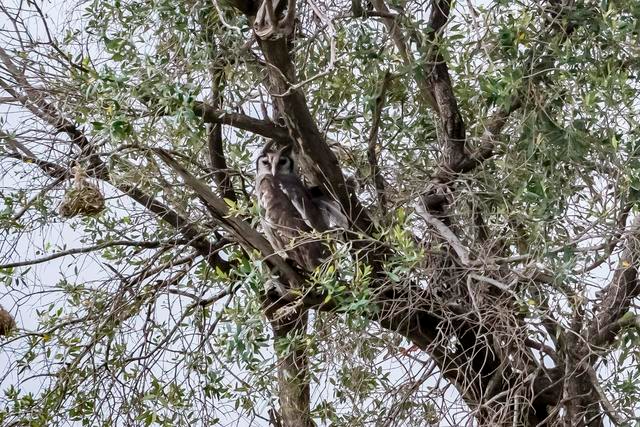
Determine the appropriate time and method
While the best time to plant trees varies depending on the tree species, it's generally best to plant them during their dormant period, from late autumn to early spring, when growth stops. It's especially important to avoid the intense heat of midsummer. Planting methods also require specific precautions depending on the size of the tree, so please confirm these details before purchasing.
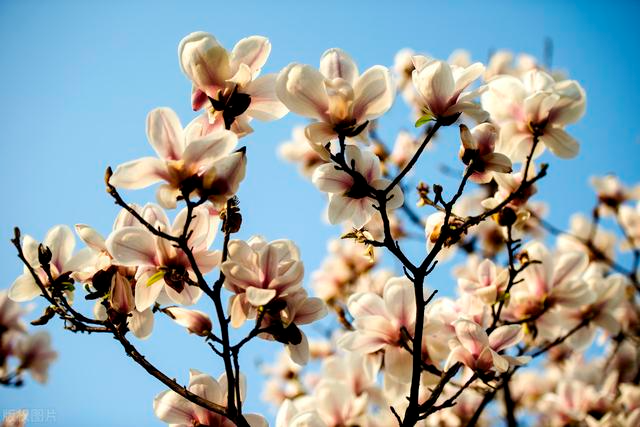
1. Prepare Seedlings
Seedlings with seedling pots need to be planted after the seedling pots are peeled off. Seedlings with roots wrapped in linen or cattail can be planted directly ((the seedlings in the pots of plum trees are used here).
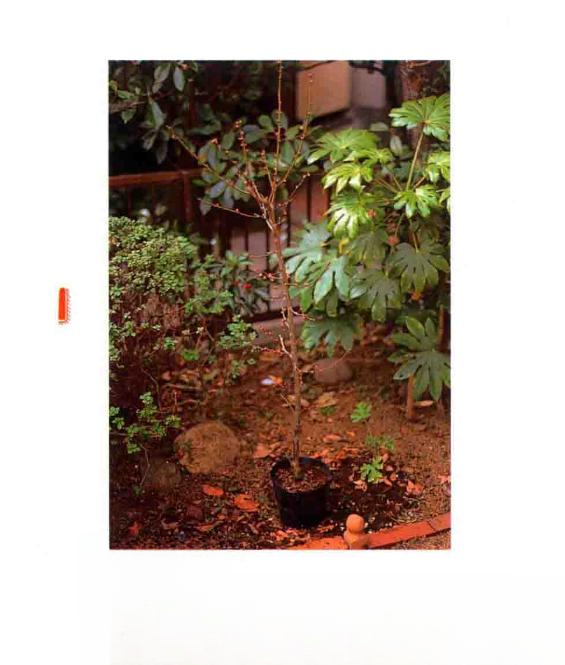
2. Decide on the planting location
The selected planting site should be able to dig a tree pit with a diameter about 3 times the diameter of the seedling pot, and leave marks with lime or other materials for easy identification.
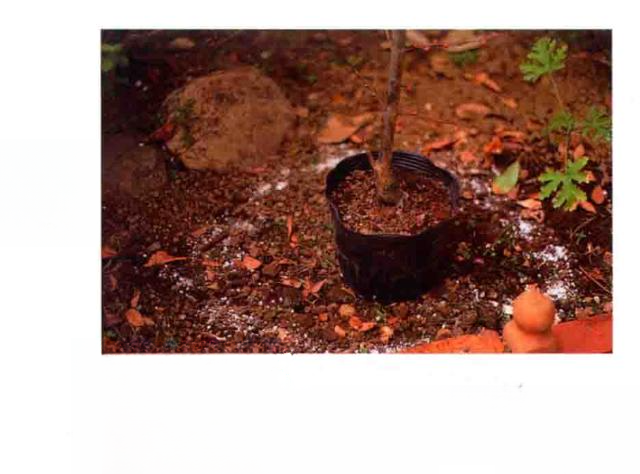
3. Dig a tree pit and mix base fertilizer
Dig a tree pit about twice the depth of the mud ball, fill the bottom with base fertilizers such as leaf mold and compost, and mix them thoroughly.
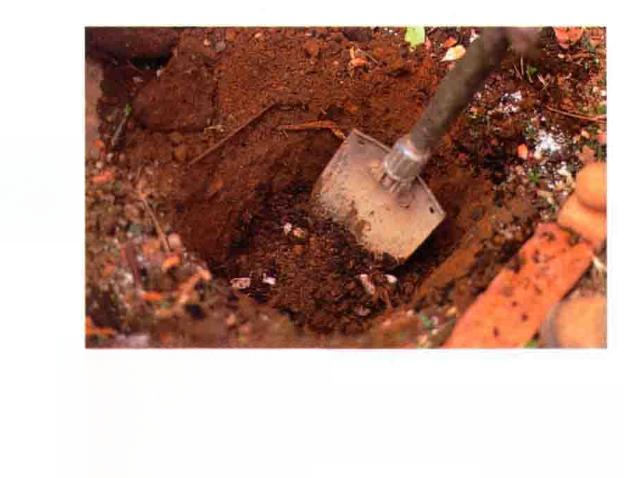
4. Decide on the front direction for layout
Stake out the seedlings, which means confirming the shape of the branches from multiple directions and deciding the planting direction. At the same time, make sure that the mud ball is at the same height as the ground.
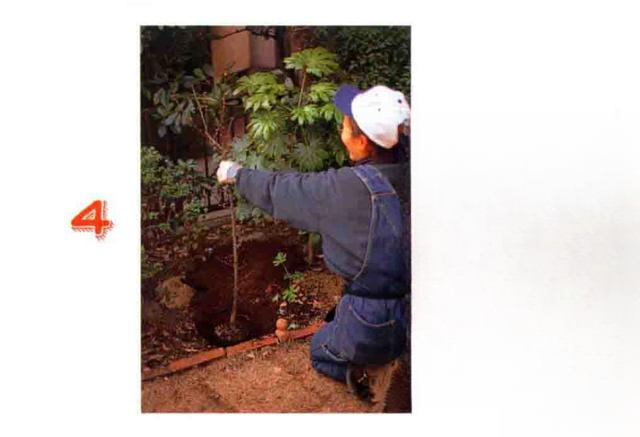
5. Unified height
When the top of the mud ball is lower than the ground, some soil should be filled at the bottom of the tree pit. When it is higher than the ground, the tree pit should be dug deeper. After adjusting the height of the mud ball and the ground, place the seedlings taken out of the seedling pot into the pit.
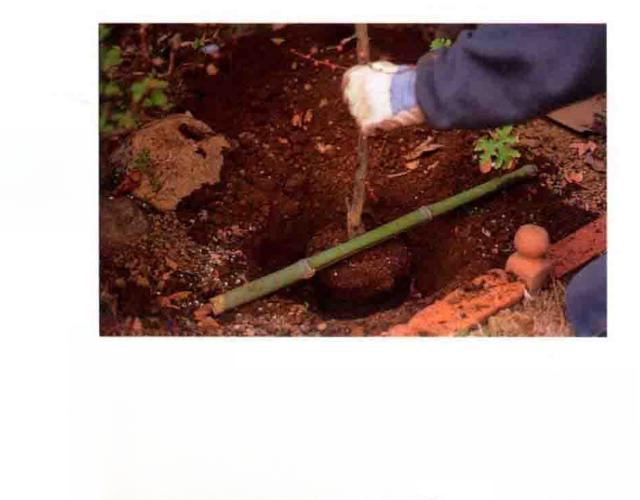
6. Fill and mix
Fill the gap between the mud ball and the tree hole with soil. To ensure that the soil at the bottom is evenly filled, you can use a wooden stick to tamp it down. If the volume of the soil decreases, add more to make up for it.
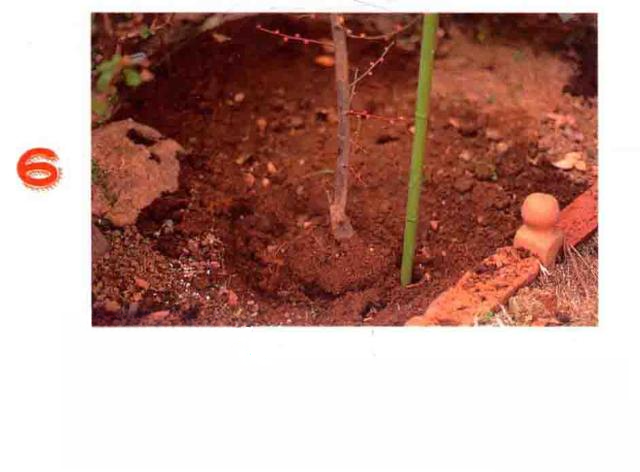
7. Tightly integrate soil and roots
In order to make the soil and roots combine tightly, pour sufficient water into the tree pit filled with soil until no more bubbles are produced. This is called "rooting water".
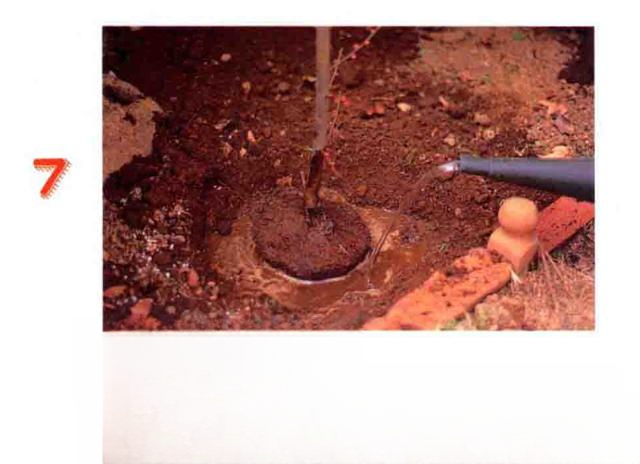
8. Make "Jiuniangtan"
After the water is absorbed, a circular embankment is made around the tree pit with soil, namely the "Jiuniang Pond", to facilitate the injection of large amounts of water into the tree pit.
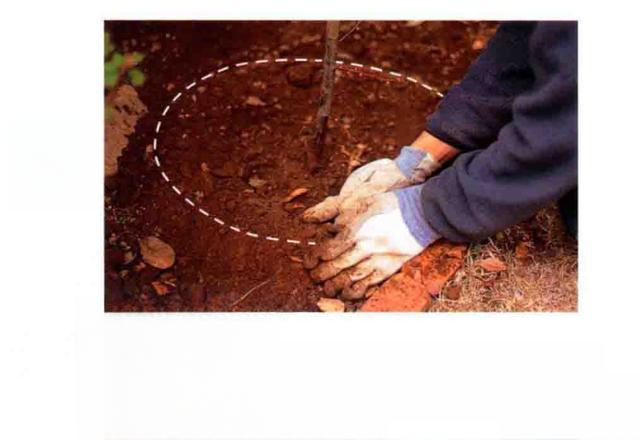
9. Pour plenty of water
Pour water into the inner side of the "Jiuniang Pond", and after the water is absorbed, pour it in again. Repeat this several times until no bubbles are produced.
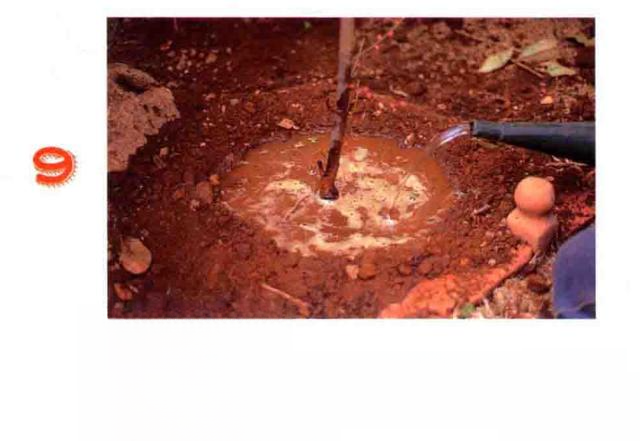
10. Protecting seedlings
Before the roots are established, support the saplings to prevent them from falling over. In addition, mulching (covering the ground with leaf mold, etc.) is also recommended to enhance water retention.
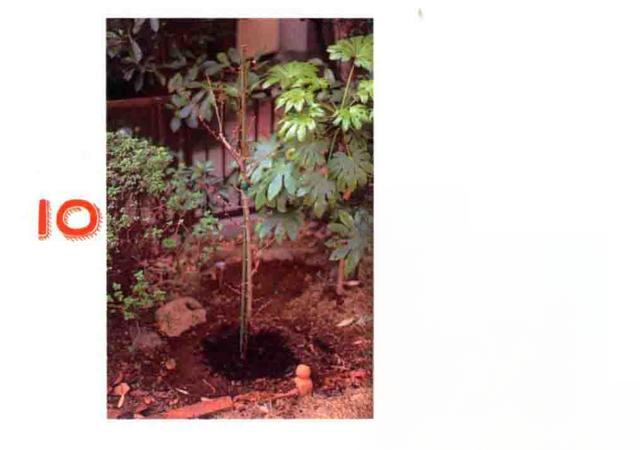
Tools and pruning methods are crucial
Tree pruning is one of the most important aspects of garden tree care. Pruning involves trimming branches to a desired height or shape. Pruning garden trees requires pruning shears and hedge shears. A garden saw is used to trim thick branches, while loppers are used to prune branches that are too high for hand reach. Using poorly made tools or excessive force can damage the cut, potentially introducing pathogens. Iron shears rust easily, so they should be wiped clean after use and stored away from rain. Tree pruning includes "shortening" to shorten long branches, "thinning" to tidy up cluttered areas, "pruning" to remove unwanted branches, "trimming" to create geometric shapes, and "coring" to prevent coniferous trees from growing taller. Pruning deciduous trees is generally done from October to December or April to June, while evergreen trees are pruned from March to May or September to November.
How to prune thick branches
1. Start cutting from the bottom
Prepare a garden saw and cut off any unnecessary thick branches about 10 cm below the base. Stop when you reach about 1/3 of the way up the tree branch.
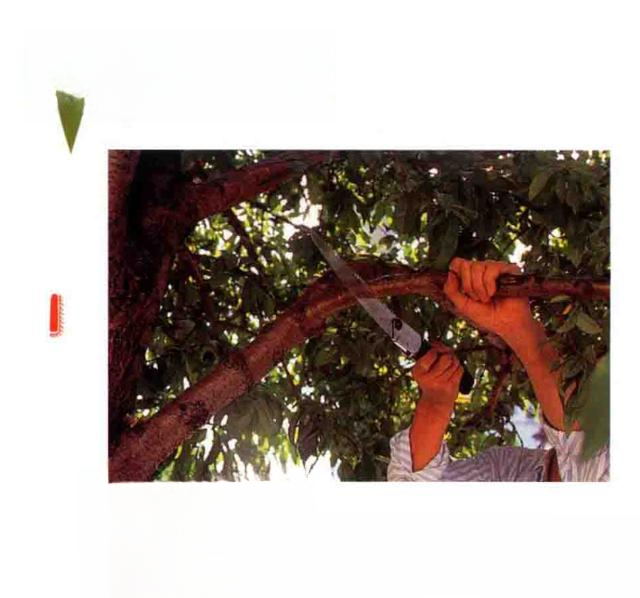
2. Saw branches from top to bottom
Use a garden saw to cut the branch from the outside, about 1 cm from the cut. Cutting the branch in two steps will prevent the weight of the branch from tearing the cut and damaging the tree.
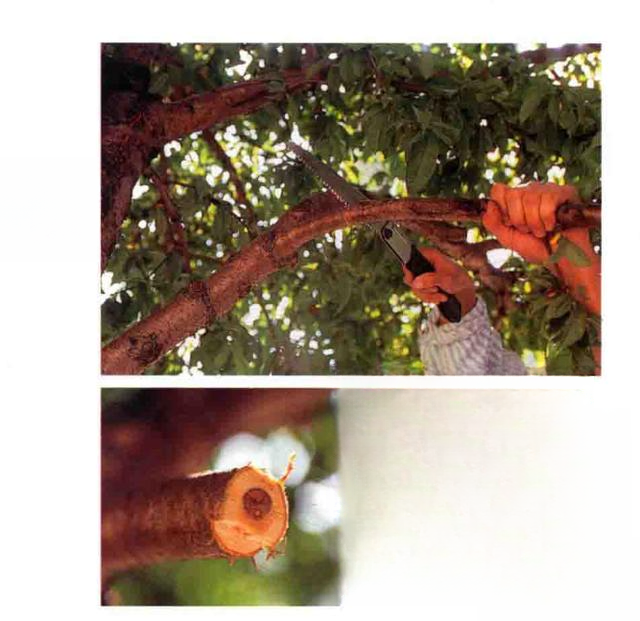
3. Apply healing agent to the incision
The remaining part is cut off from the fork. To prevent pathogens from entering the cut and causing the tree to wither, a healing agent should be applied to the cut and slightly outside it for protection.
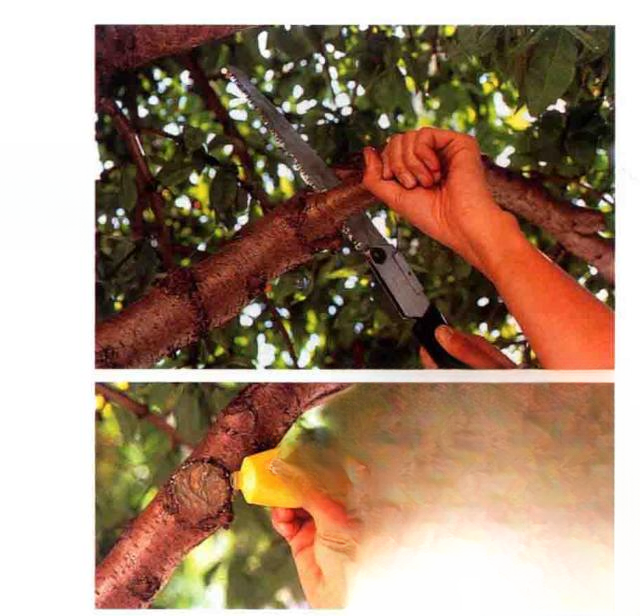
Arrangement of whorled branches: 1. Confirm the place where pruning is needed
As shown in the photo, new branches that grow radially from one point, forming a wheel-like shape, are called whorled branches. Other useless branches include inward-growing reverse branches and vertical branches.
2. Cut off the branches
Cut off the thin branches growing below. Clean the cut from the fork with a knife and apply a healing agent to the cut.
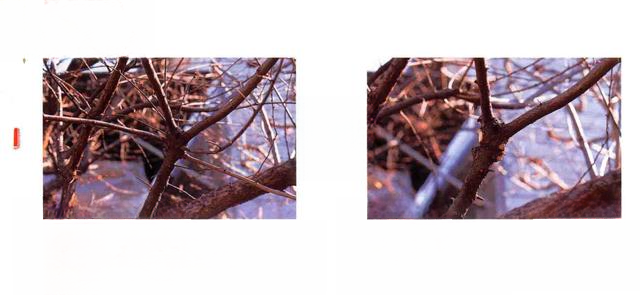
Useless branches: long branches
Excessively vigorous growth branches need to be pruned off because they consume a lot of nutrients and inhibit the growth of surrounding branches.
Reverse branch
Branches that grow unnaturally inward from the tree's shape should be cut off at the fork.
Symmetrical branches
If the branches grow in a straight line from side to side in one place, cut off either side.
whorled branches
If there are multiple branches growing in a wheel shape in one place, leave 1-2 and cut off the rest.
Inner corpus
Branches inside the crown.
Back to branch
Branches that grow toward the ground.
rootstock buds
Branches growing from the rootstock can be identified by the shape of their leaves. They should be cut off as soon as possible.
Coarse branches
Thick branches growing in places that are not necessary for the tree's shape. As they consume a lot of nutrients, they will grow longer and longer, disrupting the tree's shape.
So it needs to be cut off.
Standing branch
Branches that grow upwards. If they grow vigorously, absorb nutrients, and grow unevenly, they will disrupt the tree's shape and therefore need to be cut off at the base.
Cross branches
Branches that grow in an unnatural, intersecting pattern disrupt the tree's shape and need to be removed.
Parallel branches
There are two branches growing in parallel. Just cut off one of them.
Dry branches
Branches growing from a thick trunk.
Tiller ( a branch that grows back from a cut or fallen tree )
Branches that grow from the ground. Generally, they should be cut off, but sometimes they are retained for tree renewal.
